Early analysis of the asteroid Bennu sample, returned by NASA’s OSIRIS-REx mission, offers surprising insights into the early solar system and the origins of life on Earth.


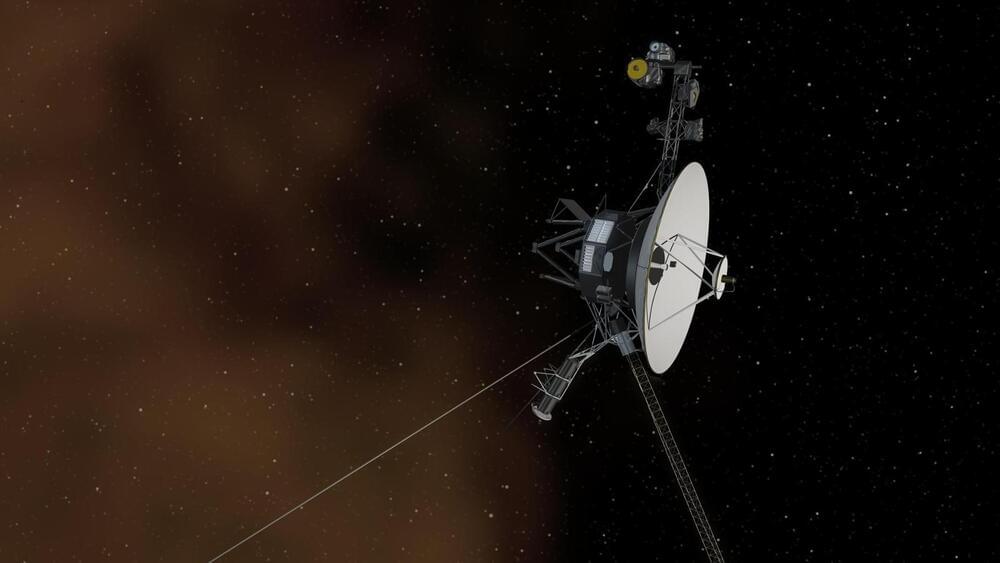
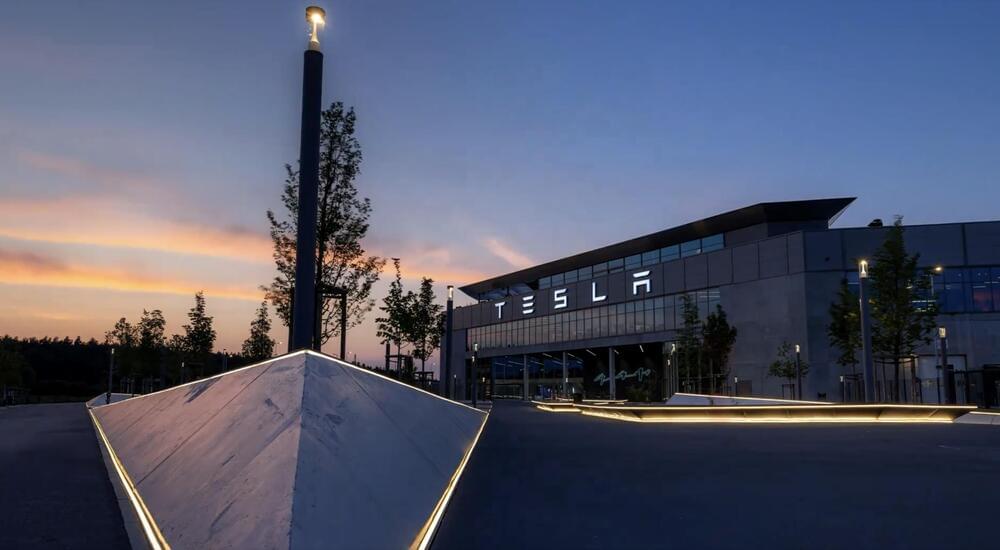
Recent reports have noted that Tesla Germany has received permission to expand Giga Berlin from the Brandenburg State Office for the Environment, as per the Ministry of the Environment. With the approval in place, Tesla could start construction work ahead of schedule.
The Ministry of the Environment noted that the early start of construction involves the buildout of an asphalted logistics area for new vehicles, the construction of underground lines and staircases at the press shop, and the installation of rooftop solar panels. As per German publication Stern, Chancellor Olaf Scholz (SPD) has expressed his support for the Tesla Model Y factory’s expansion.
The approval for Giga Berlin’s expansion is expected to pave the way for the facility to increase its vehicle production output. It should be noted, however, that the approval that Tesla Germany was able to secure was only for expansion of the existing Giga Berlin facility. Further forest clearing activities, which are required for Tesla’s plan to build a railway station in the complex, still require permissions.
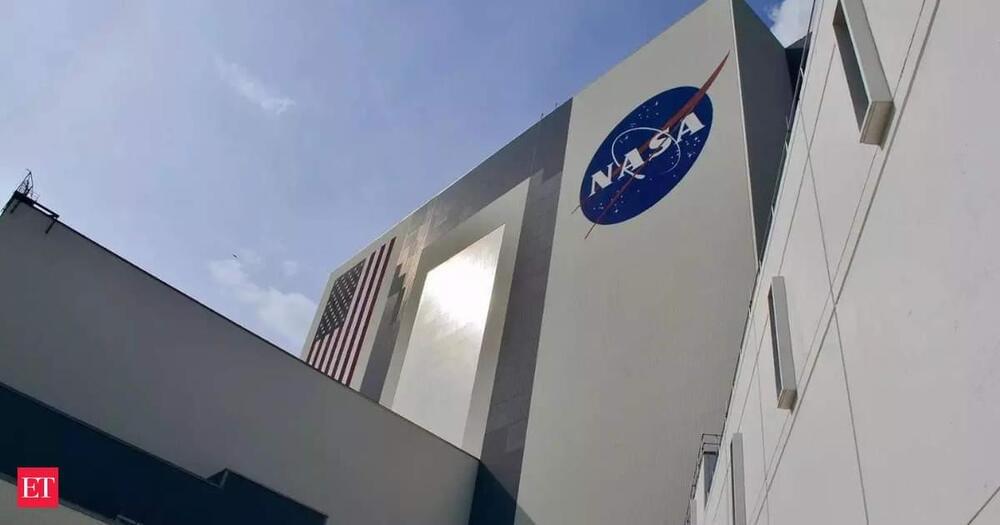

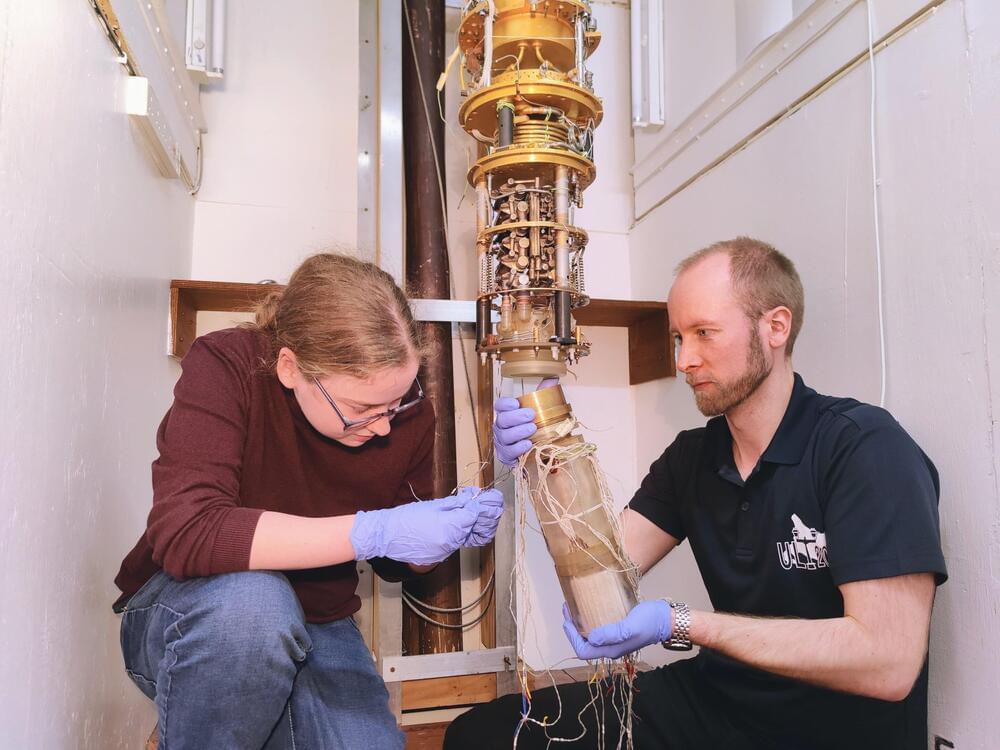
One of the greatest mysteries of science could be one step closer to being solved. Approximately 80% of the matter in the universe is dark, meaning that it cannot be seen. In fact, dark matter is passing through us constantly—possibly at a rate of trillions of particles per second.
We know it exists because we can see the effects of its gravity, but experiments to date have so far failed to detect it.
Taking advantage of the most advanced quantum technologies, scientists from Lancaster University, the University of Oxford, and Royal Holloway, University of London are building the most sensitive dark matter detectors to date.
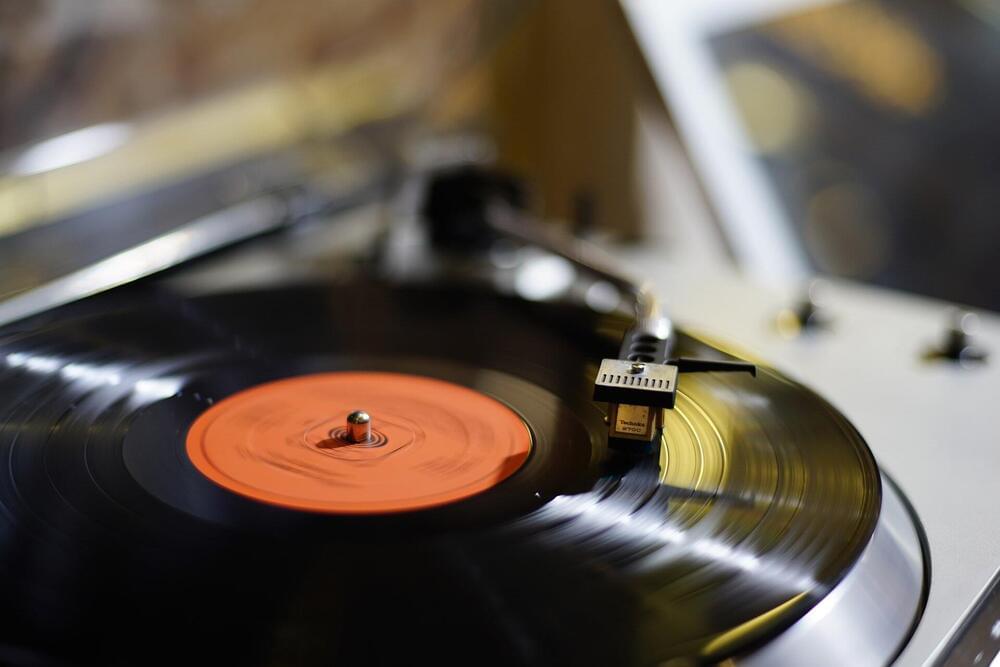
The complexity of the melodies of the most popular songs each year in the U.S.—according to the Billboard year-end singles charts—has decreased since 1950, a study published in Scientific Reports suggests.
Madeline Hamilton and Marcus Pearce analyzed the most prominent melodies (usually the vocal melody) of songs that reached the top five positions of the US Billboard year-end singles music charts each year between 1950 and 2022. They found that the complexity of song rhythms and pitch arrangements decreased over this period as the average number of notes played per second increased. They also identified two significant decreases in melodic complexity that occurred in 1975 and 2000, along with a smaller decrease in 1996.
The authors speculate that the melodic changes that occurred in 1975 could represent the rise of genres such as new wave, disco and stadium rock. Those occurring in 1996 and 2000 could represent the rise of hip-hop or the adoption of digital audio workstations, which enabled the repeated playing of audio loops, they add.
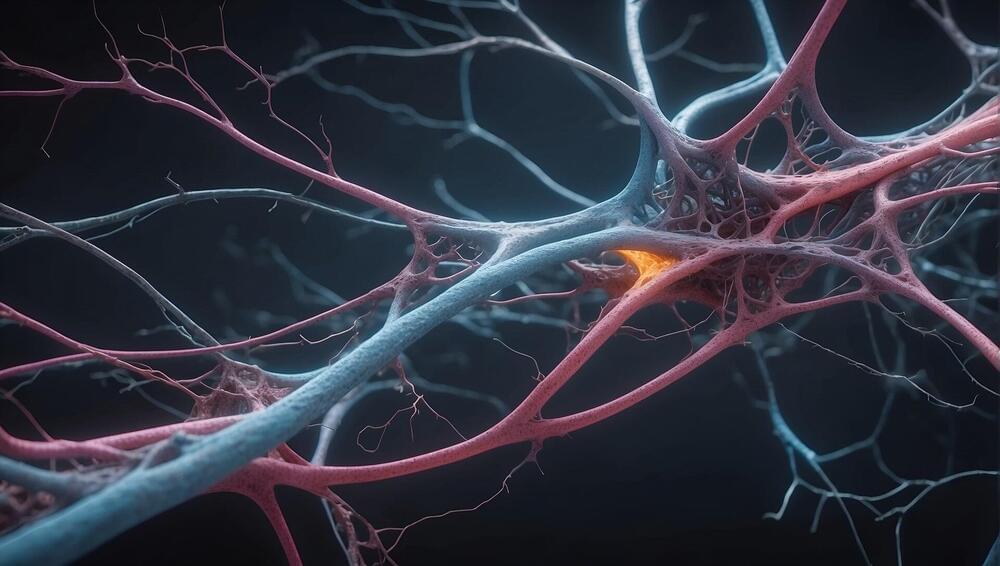
Neurological disorders, such as trauma, stroke, epilepsy, and various neurodegenerative diseases, often lead to the permanent loss of neurons, causing significant impairments in brain function. Current treatment options are limited, primarily due to the challenge of replacing lost neurons.
Direct neuronal reprogramming, a complex procedure that involves changing the function of one type of cell into another, offers a promising strategy.
In cell culture and in living organisms, glial cells—the non-neuronal cells in the central nervous system—have been successfully transformed into functional neurons. However, the processes involved in this reprogramming are complex and require further understanding. This complexity presents a challenge, but also a motivation, for researchers in the field of neuroscience and regenerative medicine.
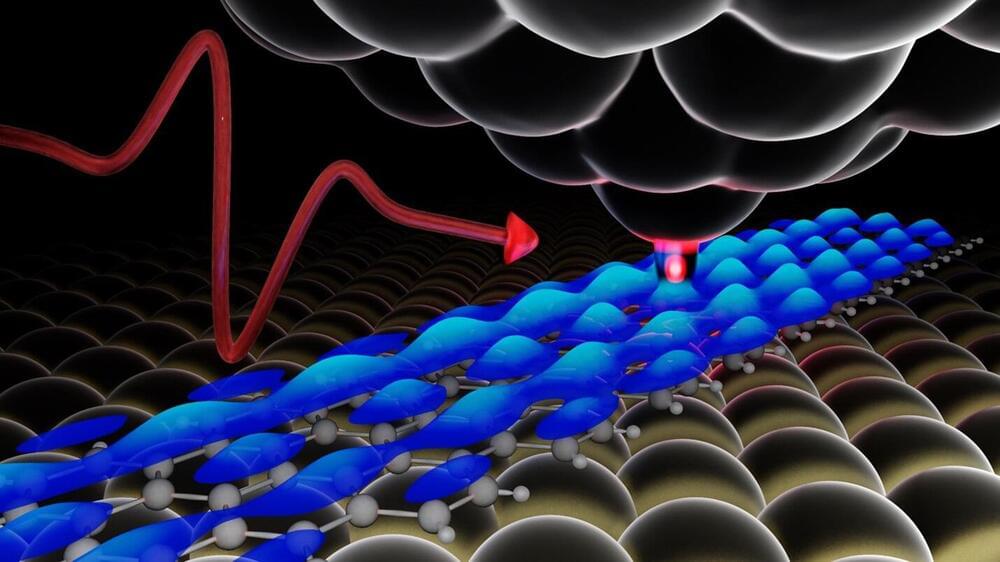
One of the challenges of cramming smarter and more powerful electronics into ever-shrinking devices is developing the tools and techniques to analyze the materials that make them up with increasingly intimate precision.
Physicists at Michigan State University have taken a long-awaited step on that front with an approach that combines high-resolution microscopy with ultrafast lasers.
The technique, described in the journal Nature Photonics, enables researchers to spot misfit atoms in semiconductors with unparalleled precision. Semiconductor physics labels these atoms as “defects,” which sounds negative, but they’re usually added to materials on purpose and are critically important to the performance of semiconductors in today’s—and tomorrow’s—devices.

New research has unraveled the complex dynamics of the planetary boundary layer, enhancing satellite detection of atmospheric pollutants and aiding environmental management and climate modeling efforts.
A new study has provided groundbreaking insights into Earth’s planetary boundary layer (PBL), a crucial area that affects air quality and climate. By analyzing satellite data, researchers have explored how the temperature gradient from the surface to the atmosphere impacts the identification of atmospheric pollutants, offering a deeper understanding of atmospheric thermal contrasts (TC).
The endeavor to keep tabs on and curb air pollution has been stymied by the enigmatic nature of the planetary boundary layer (PBL). This atmospheric strip, in constant caresses with the Earth’s surface, is a hotbed for pollutants. Yet, its mercurial dance through time and across geographies presents a formidable scientific puzzle. Given these hurdles, an in-depth dissection of the thermal contrast (TC) that delineates this layer is imperative.